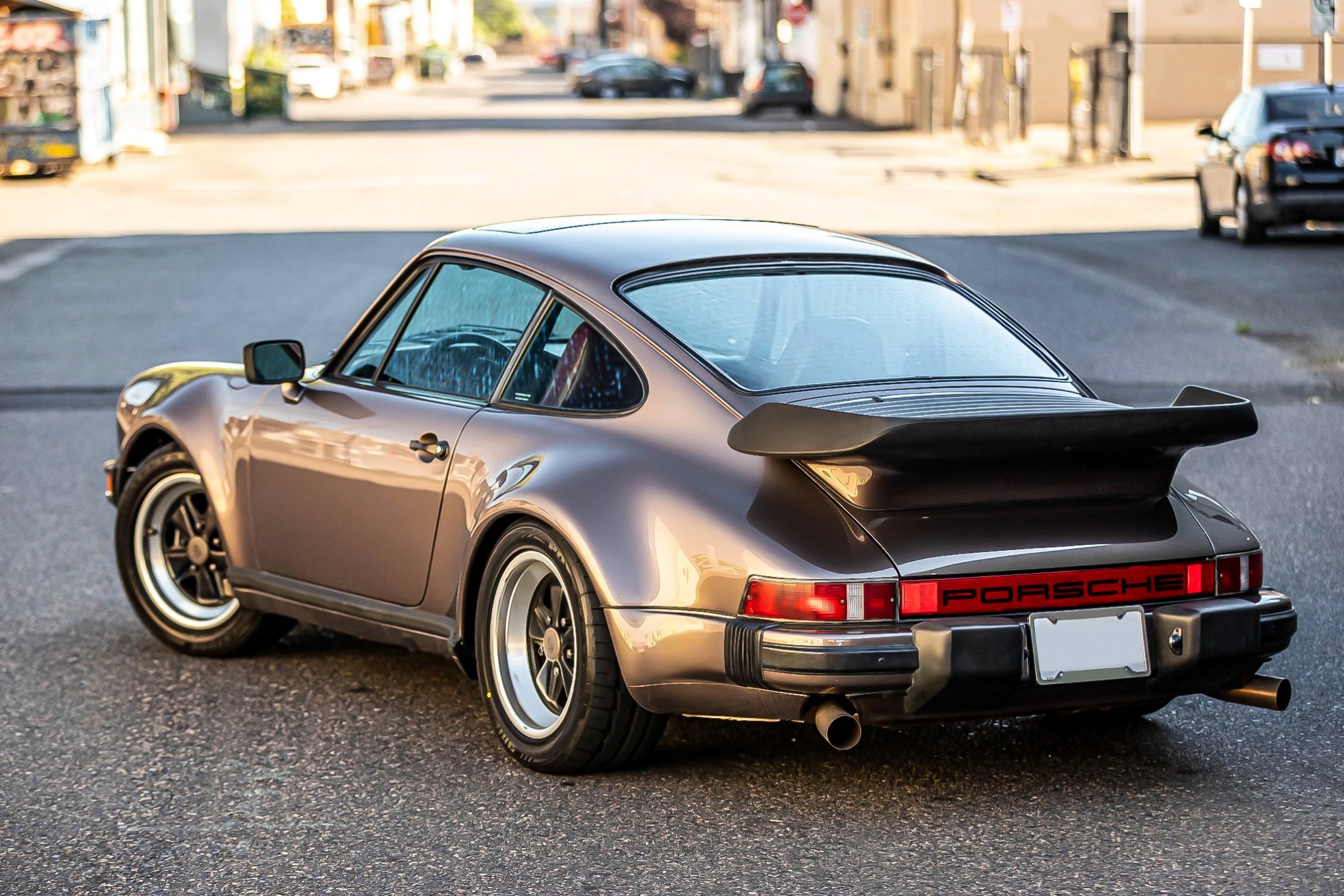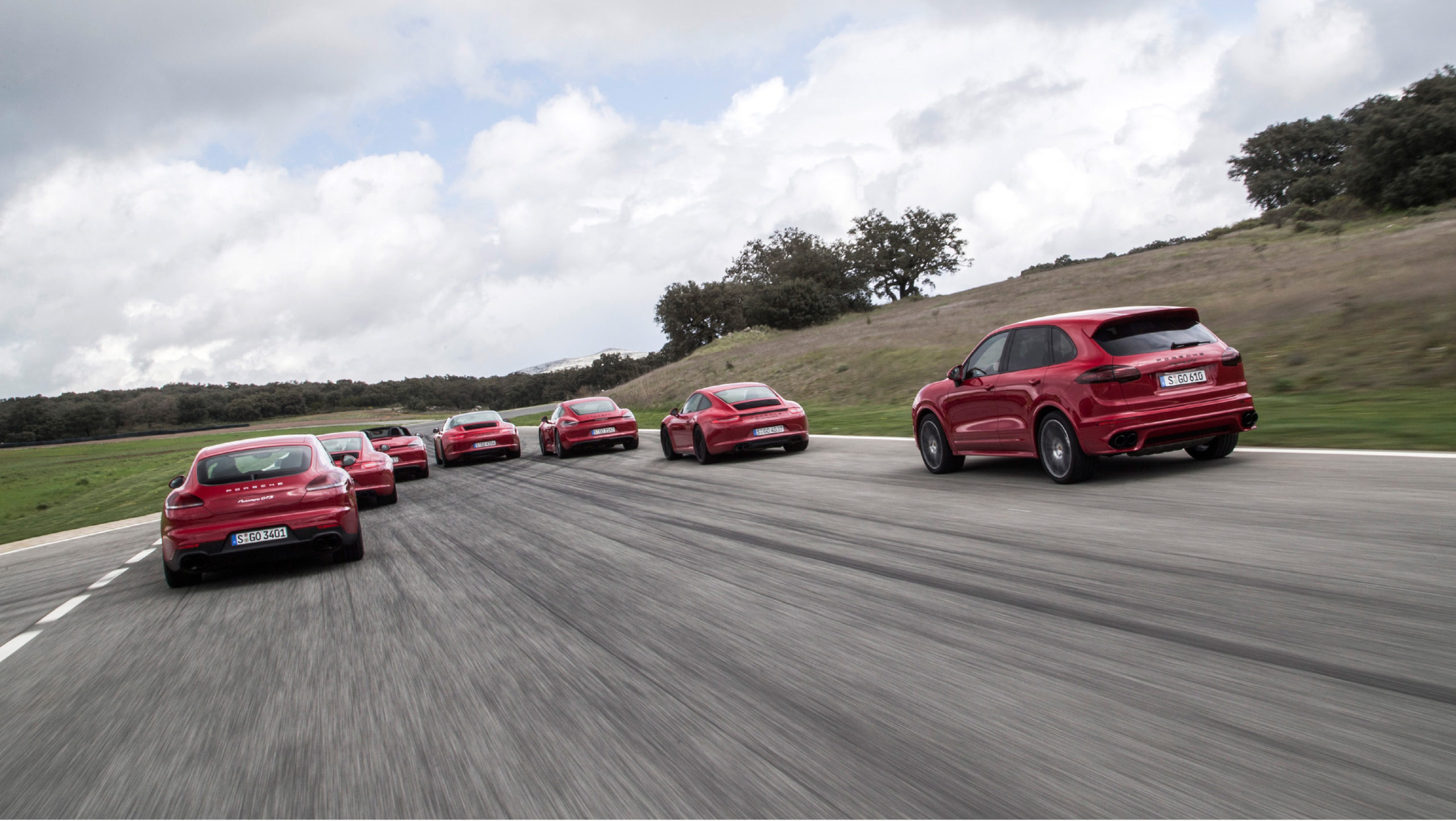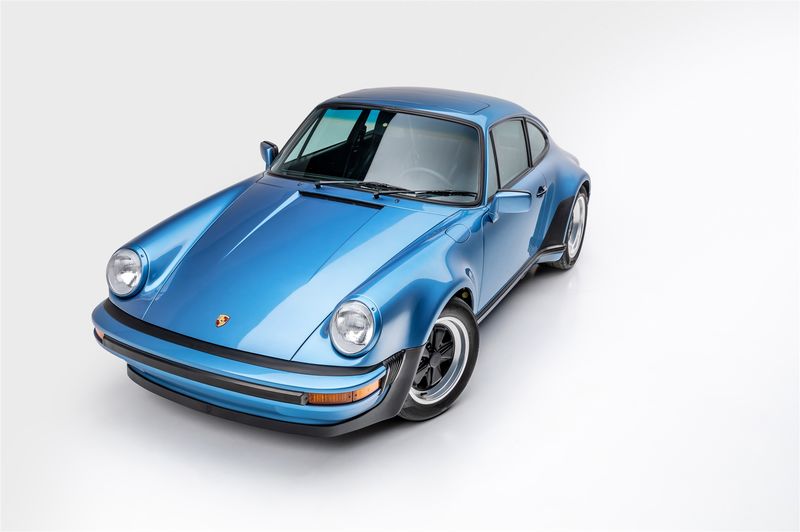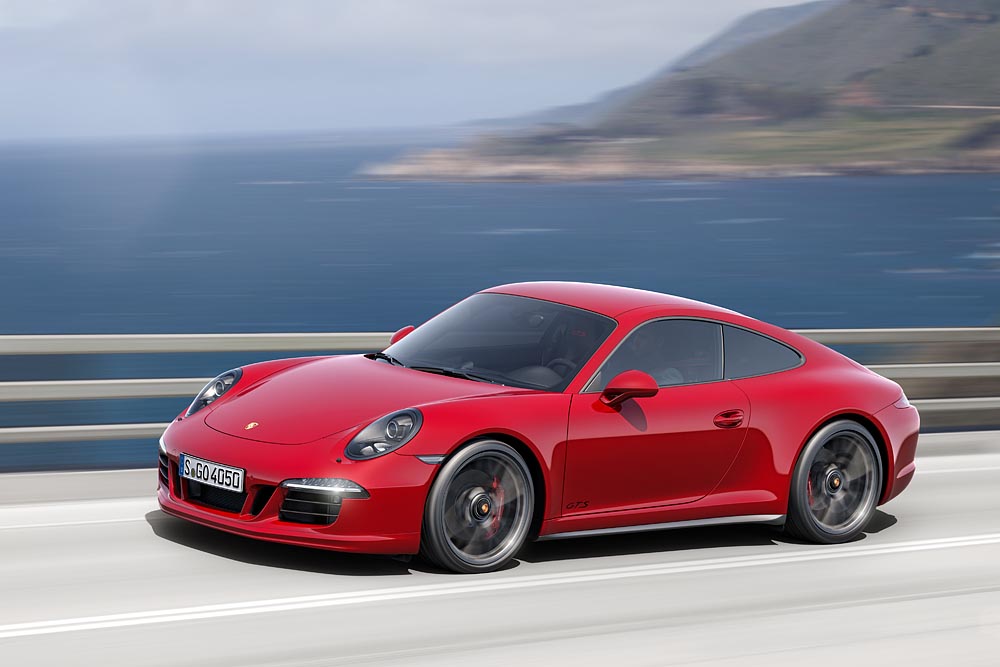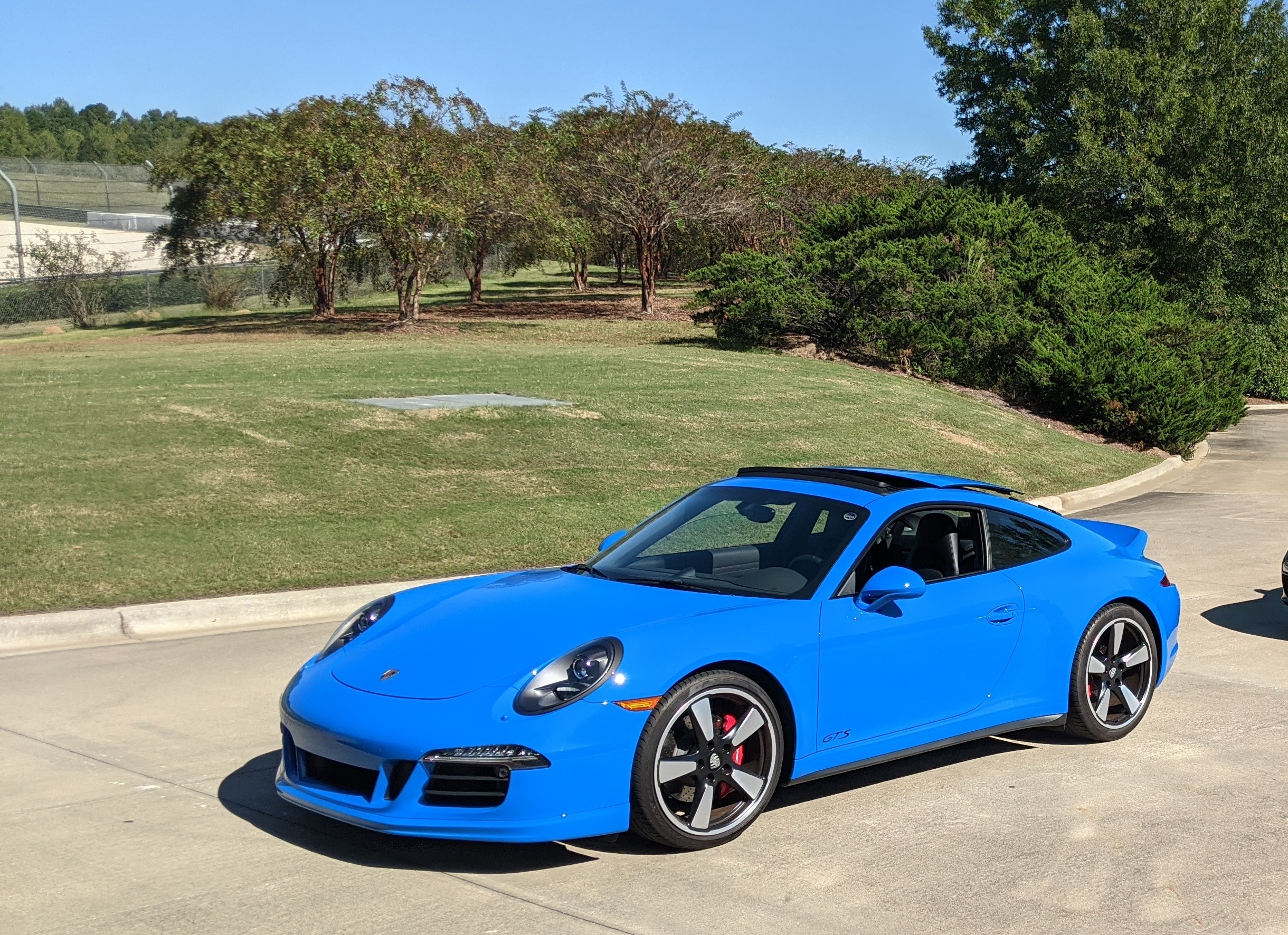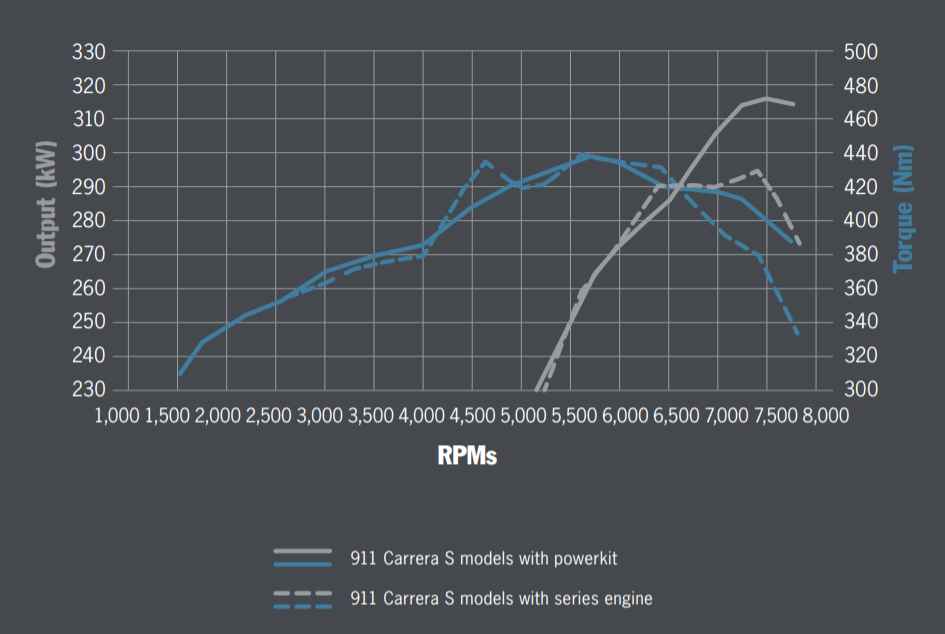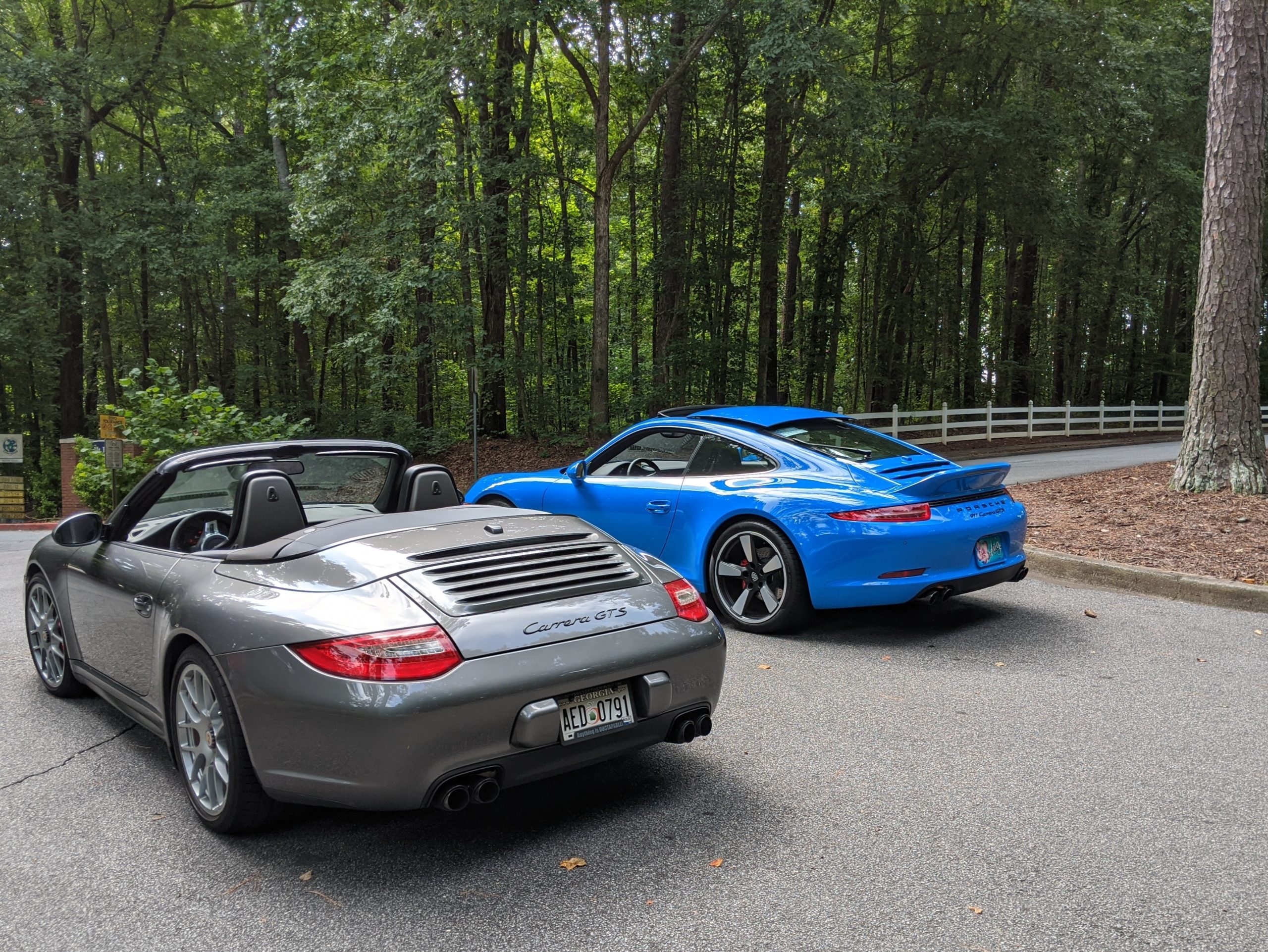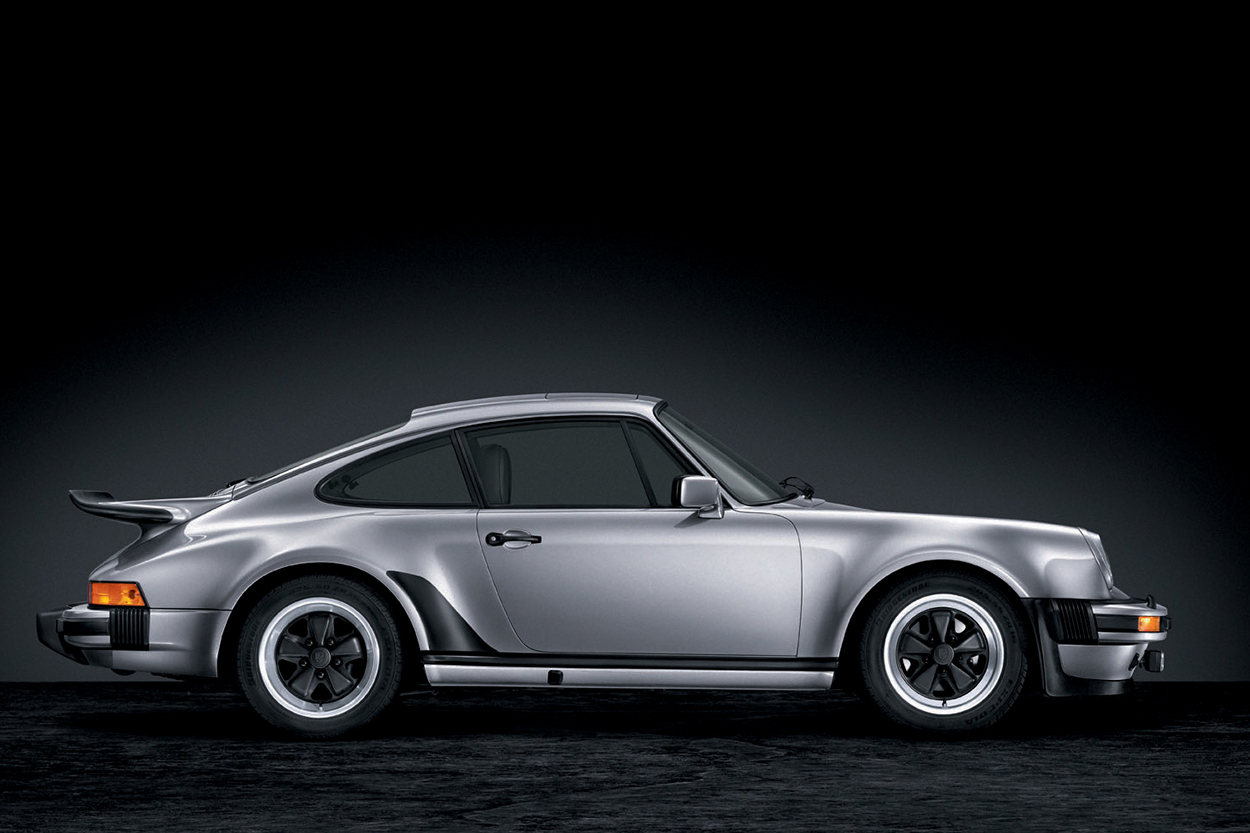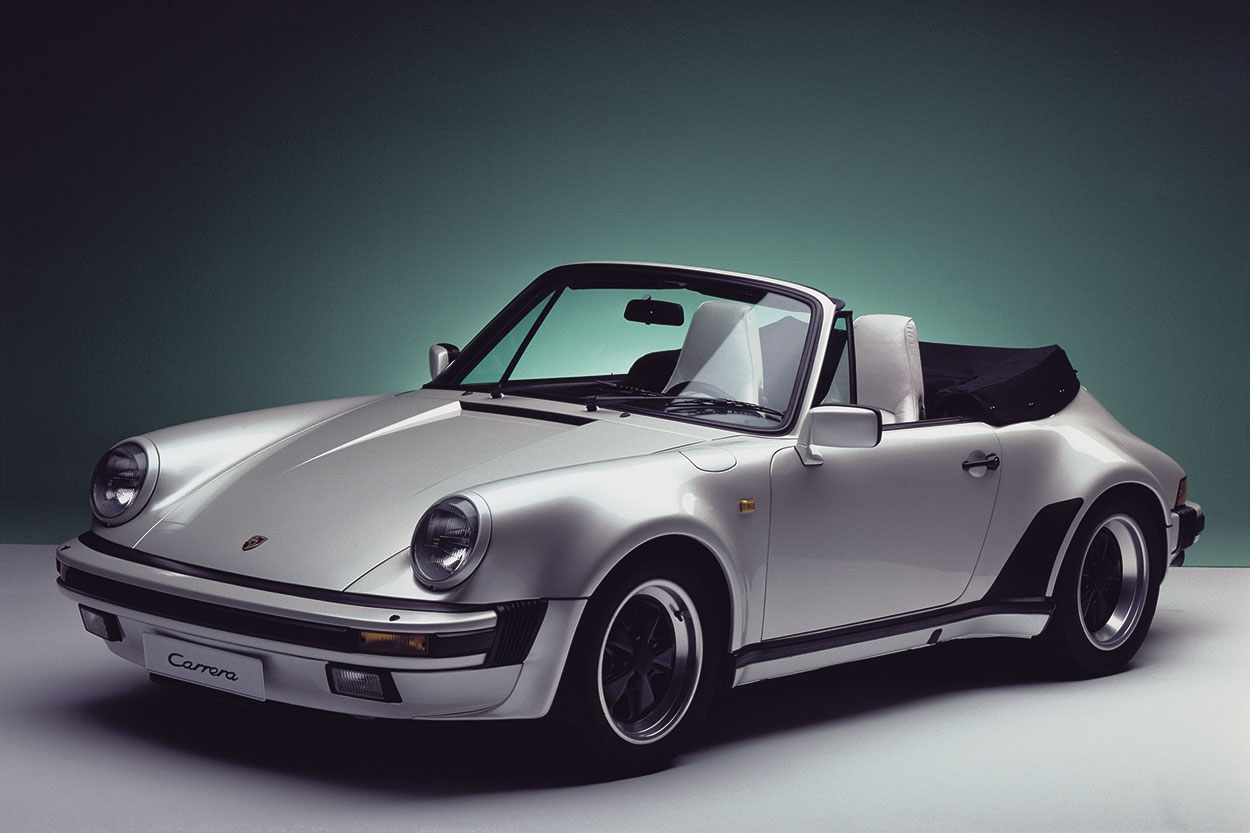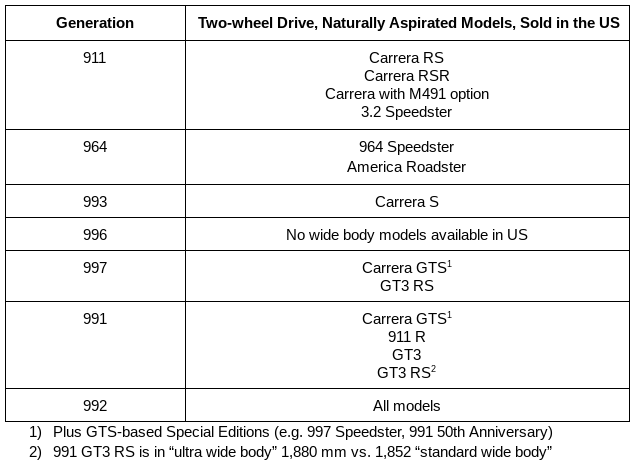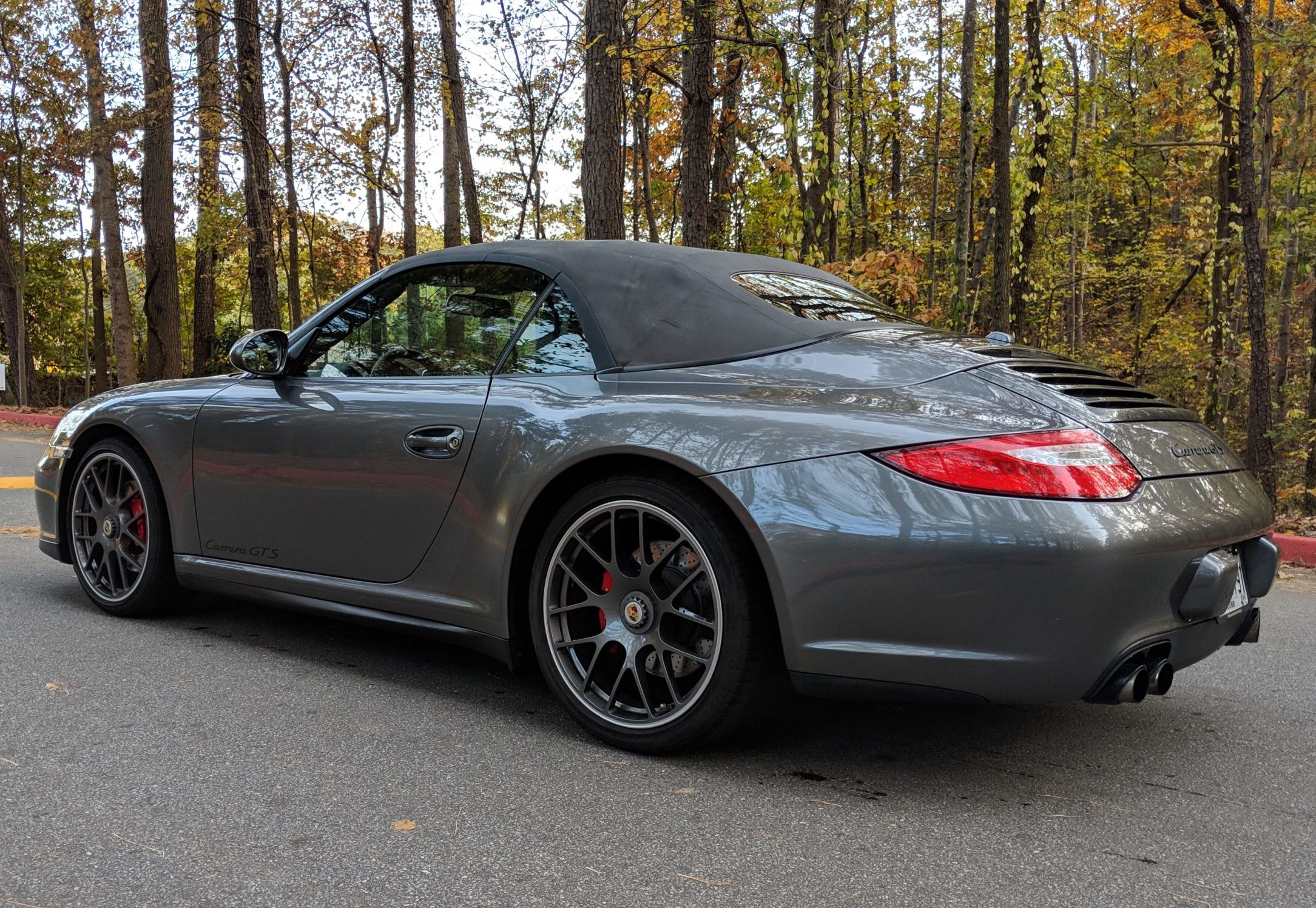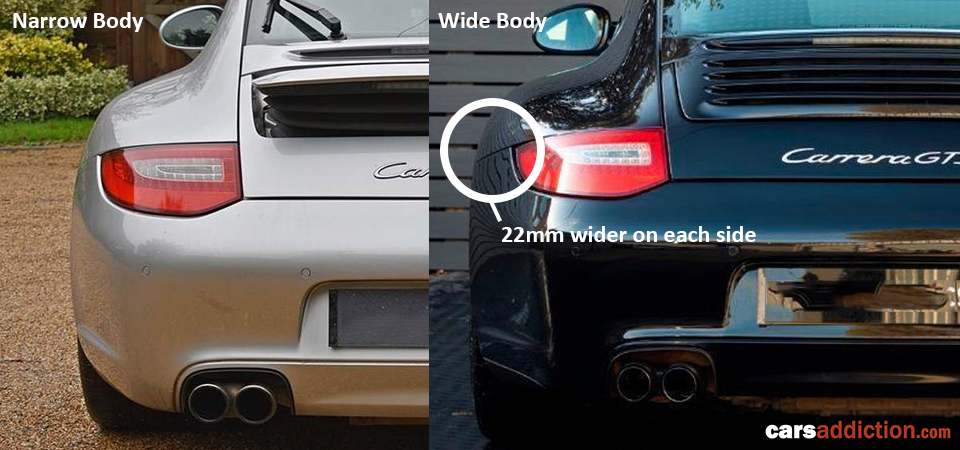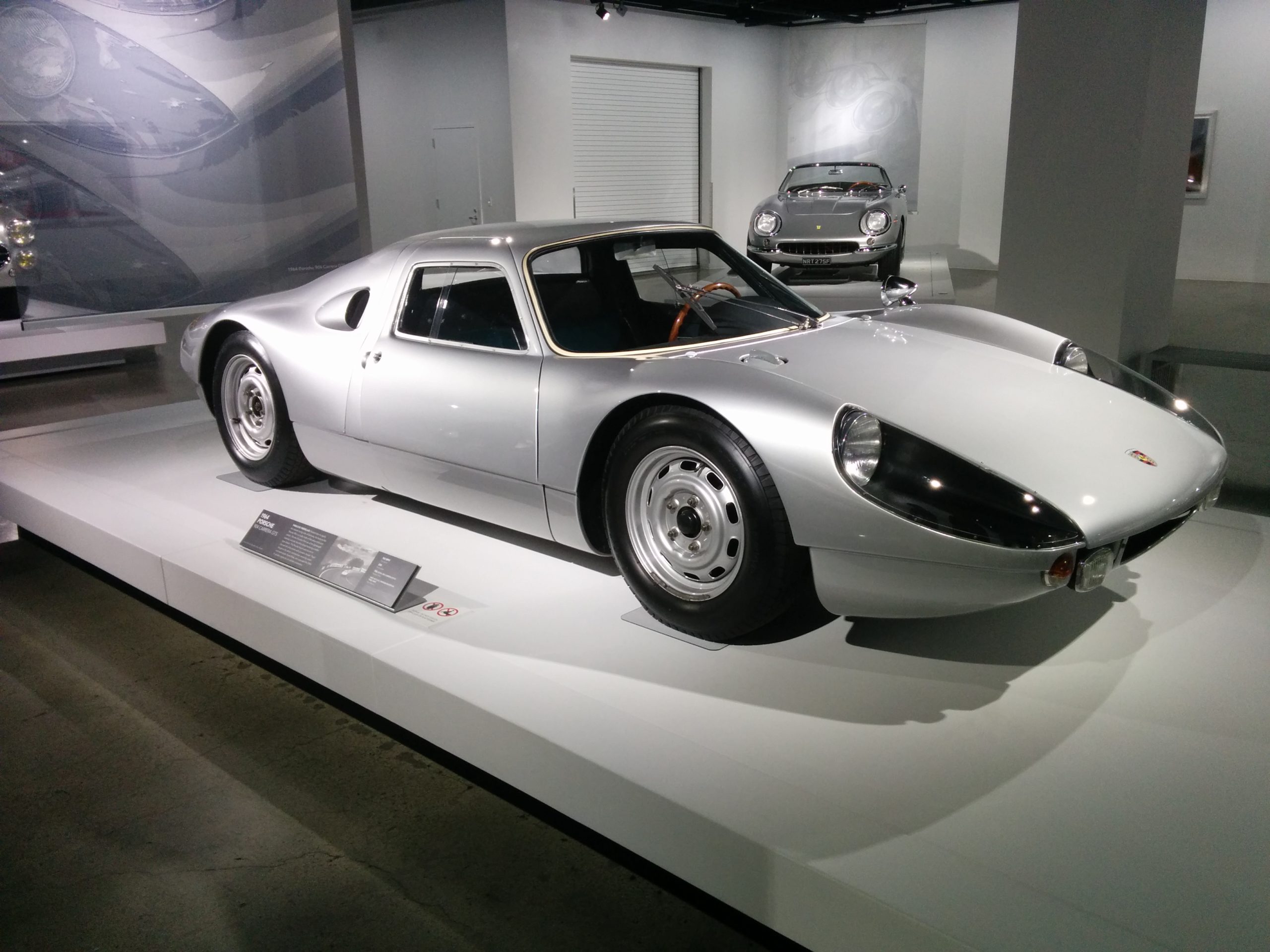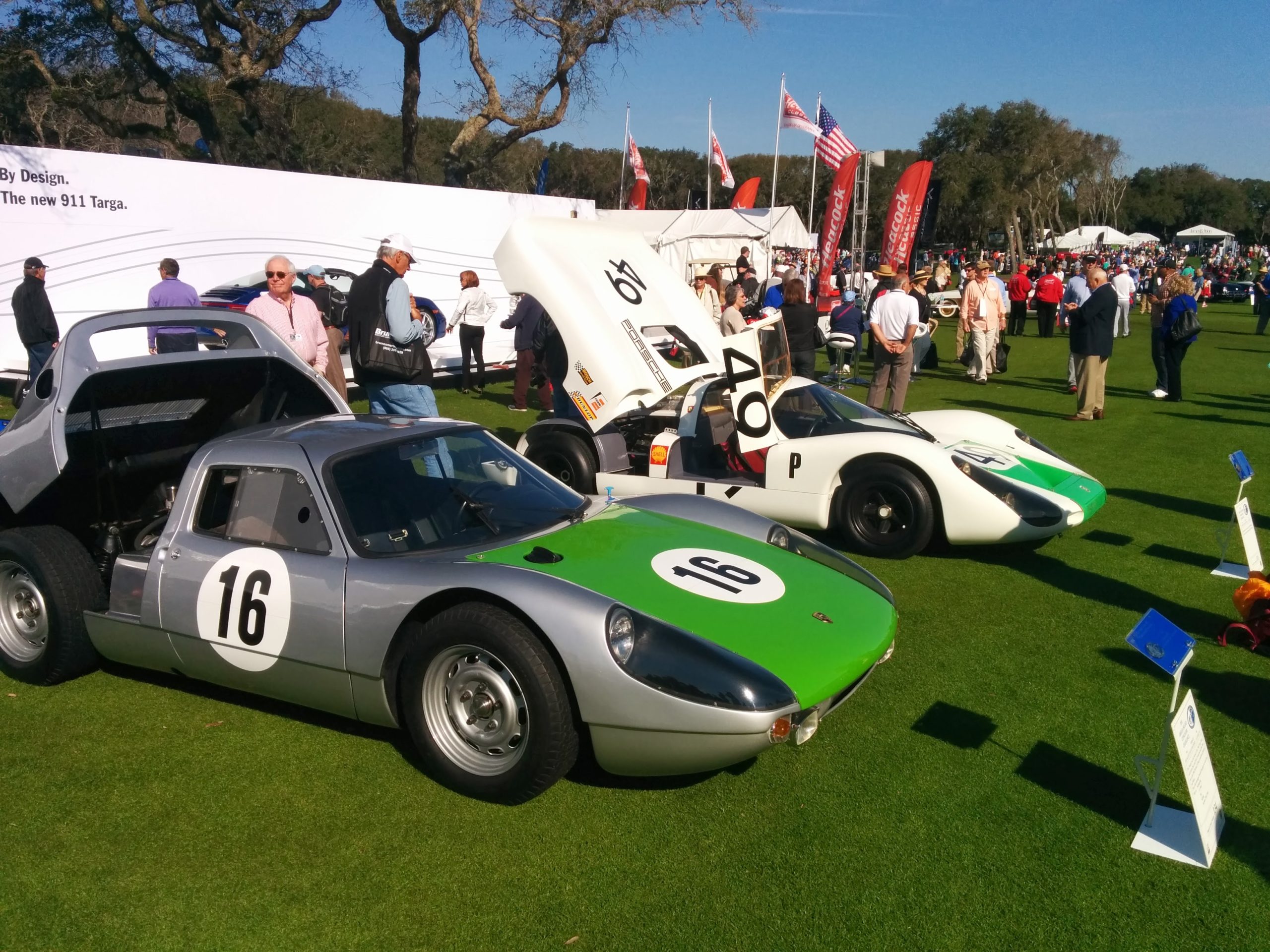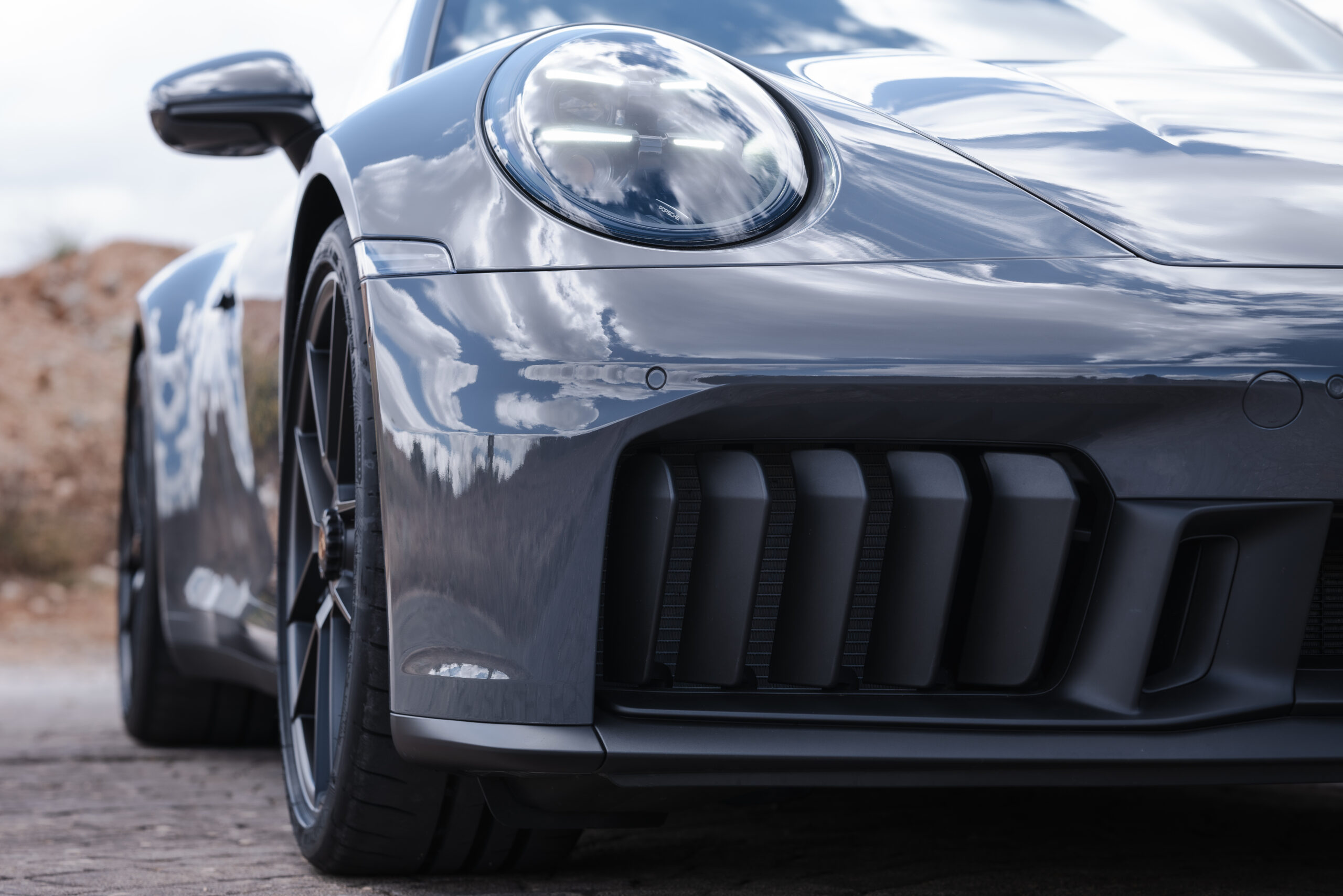
The 992.2 Carrera GTS is a Turbo-Lite 911
Since its introduction to the 997 generation in 2010, the Porsche 911 GTS has shared a strong resemblance to the 911 Turbo. The models shared the same wide-body design, wheel size, centerlock rims, and the liberal use of Alcantara in the interior. To some enthusiasts, the GTS might even represent a “Turbo-look Carrera,” bringing the muscular looks of the Turbo to the Carrera lineup.
Porsche is no stranger to creating Turbo-look cars. Back in the mid-80s, the M491 package, offered as an option for the 3.2 Carreras, was also referred to as a Turbo-look 911. These 911s were equipped with naturally aspirated engines housed within a Turbo body shell, complete with identical suspension and brakes. This was during a period when Porsche was navigating U.S. regulations that temporarily restricted the sale of the Turbo model, making the Turbo-look 3.2 Carreras a strategic fill-in within the 911 product line.

The introduction of Turbo-look models in the 80s can be seen as an unintended consequence of regulatory challenges. However, the development of the GTS into a Turbo-lite variant has been a more calculated evolution. As the GTS has evolved within the Carrera lineup, it has increasingly mirrored the Turbo, especially with the significant shift in the 991.2 generation launched in 2016. This update saw all Carrera models, including the GTS, adopt turbocharged engines in a move aimed at meeting stringent emission standards while maintaining competitive performance levels.
Despite the inherent performance difference between the Carreras and the Turbo models, the shared forced-induction motor design has never been closer. With the release of the 992.2 GTS, Porsche has narrowed the gap even further. Beginning with the 991 generation in 2012, the Turbo was available exclusively with a PDK transmission, a feature that the 992.2 GTS has now adopted. This change is largely driven by the integration of a hybrid drive system, which necessitates the use of the PDK transmission for optimal performance.
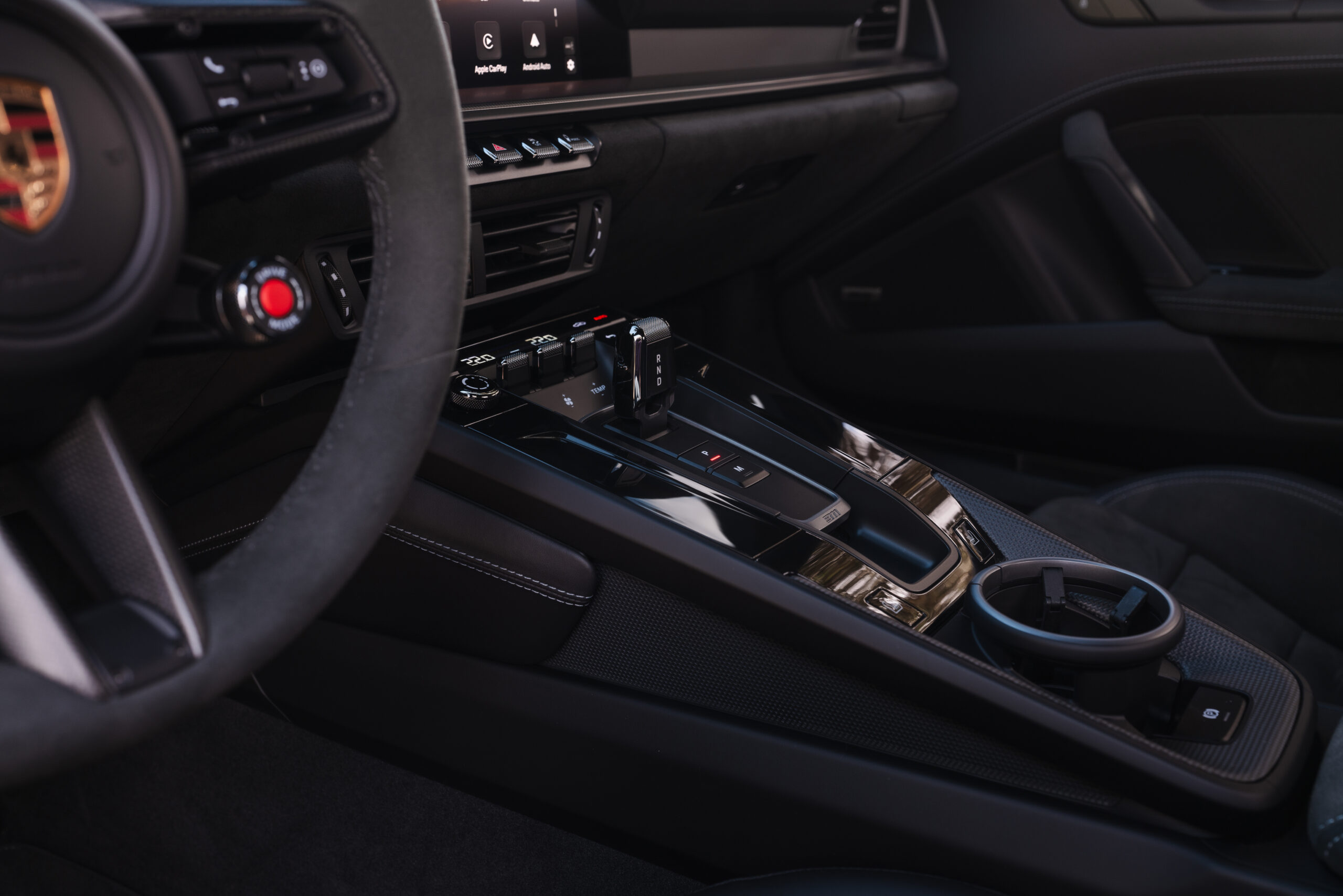
Originally, the 911 GTS offered a unique proposition: a wide-body, two-wheel drive, naturally aspirated 911. However, over the past 12 years, as Porsche has continued to refine the GTS model, some of these defining features have evolved. What remains in the 992.2 GTS is a vehicle that is more akin to the Turbo than ever before. Whether this evolution is viewed positively or negatively depends on personal preference. While I appreciate the aesthetic of the wide-body design and the simplicity of the naturally aspirated engine that was introduced with the GTS in 2010, the allure of increased power from a turbocharged engine is undeniable.
Extra Analysis: The Impact of Regulations on Porsche 911 Evolution
From M491 to GTS: A Regulatory Journey: The history of the Porsche 911’s evolution, particularly the models resembling the Turbo, is significantly intertwined with automotive regulations. Here’s how:
M491 – The Turbo Look without the Turbo Engine: In the mid-1980s, stringent U.S. automotive regulations temporarily prohibited the importation of the Porsche Turbo. Porsche responded with the M491 package, an ingenious solution that offered the Turbo’s body and performance features but with a naturally aspirated engine. This allowed Porsche to continue selling a Turbo-look model in the U.S. without breaching import restrictions.
Modern GTS – Adapting to Emissions Standards: As environmental regulations became stricter, Porsche’s innovation shifted towards balancing performance with emissions control. The GTS, initially launched with a naturally aspirated engine, saw a significant shift with the 991.2 generation, which introduced turbocharged engines to comply with new emission norms. This transition was driven not just by a pursuit of performance efficiency but by necessity to meet global emission standards.
Hybrid Drivetrains – The Next Step: Continuing the trend, the latest GTS models incorporate hybrid technology, further aligning Porsche’s legendary performance with contemporary environmental expectations. This move reflects a broader automotive trend towards sustainability, driven by an ever-tightening regulatory landscape.
As Porsche continues to innovate and adapt its lineup, the GTS serves as a testament to the brand’s commitment to performance and the requirement to address modern emissions standards. The question for many Porsche enthusiasts remains: How do you balance tradition with technological advancement? For now, the GTS offers an blend of both, marking its territory in the 911 family.
